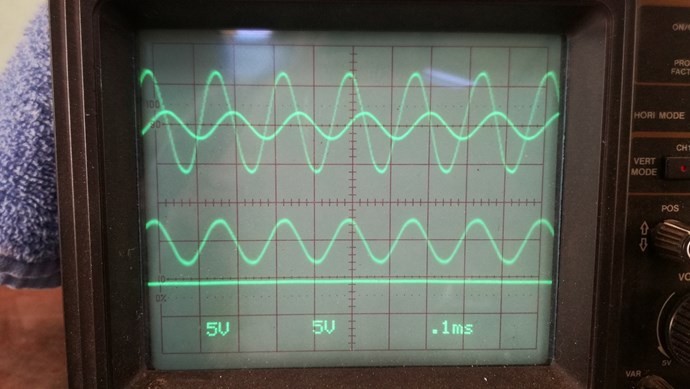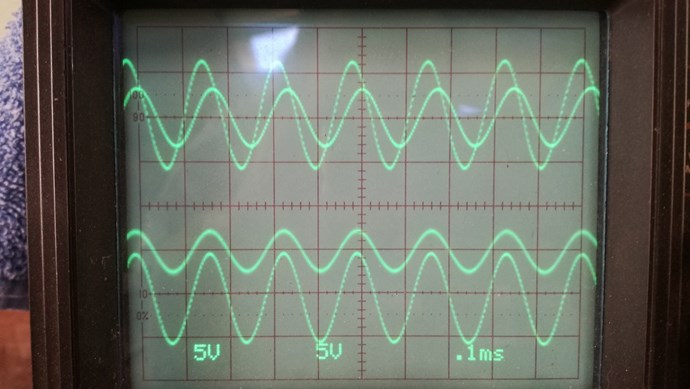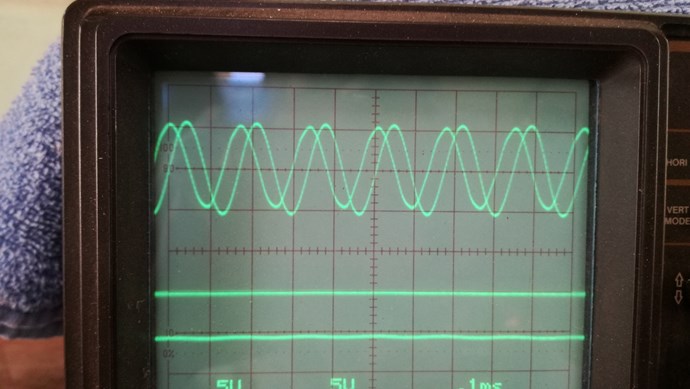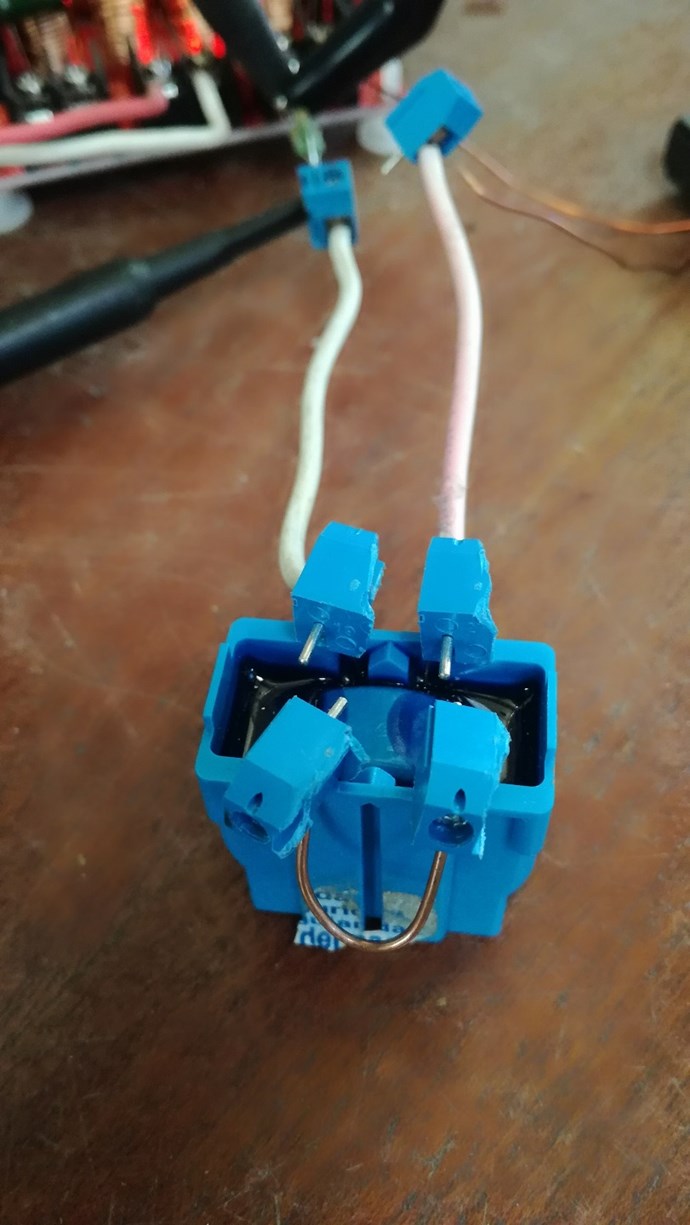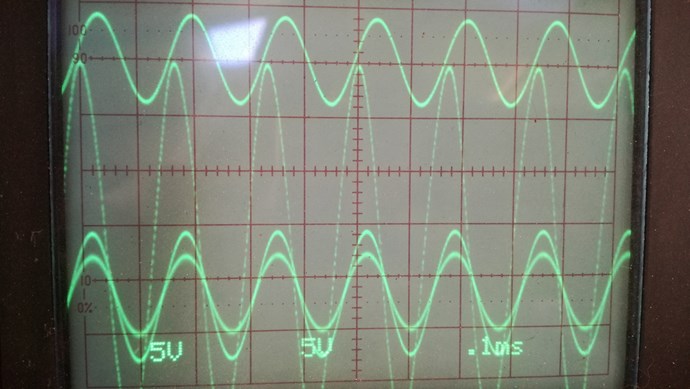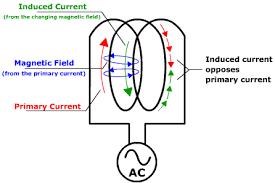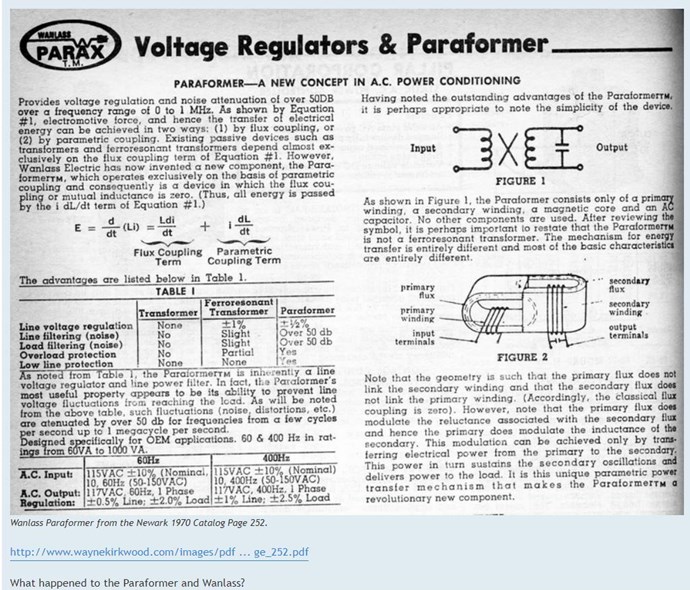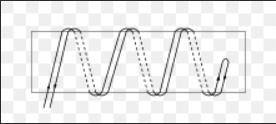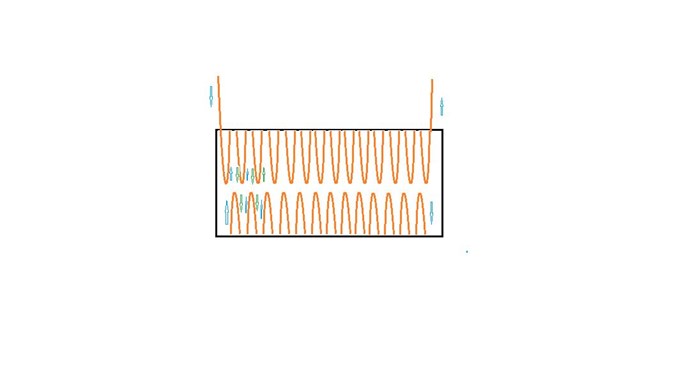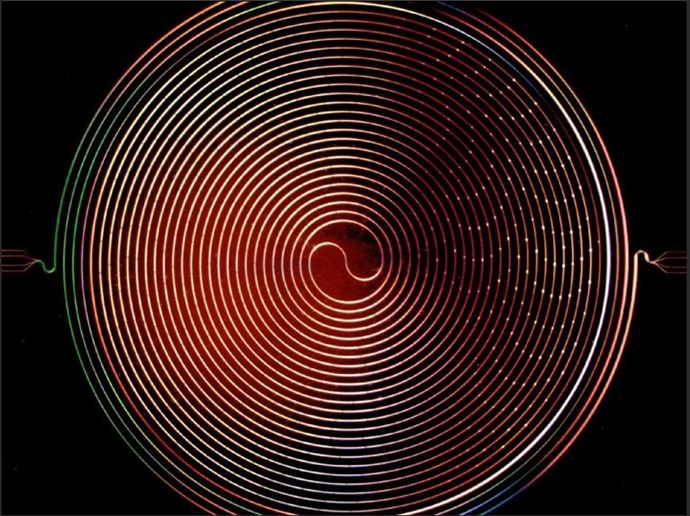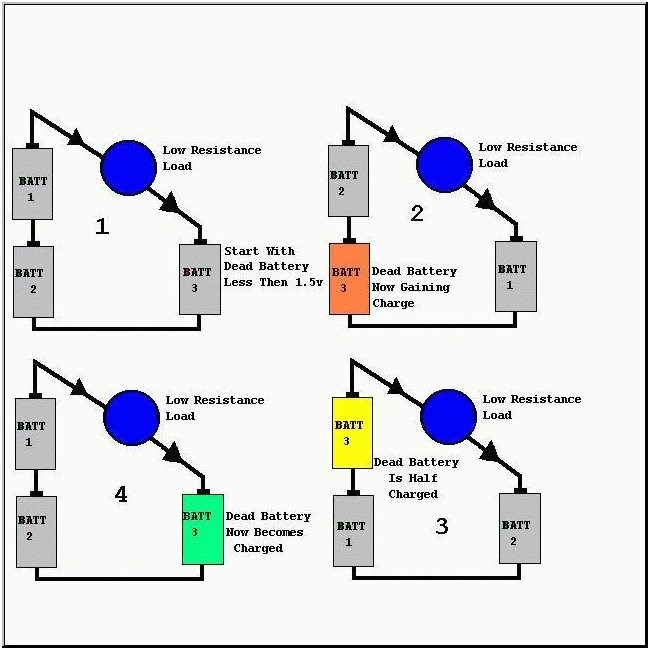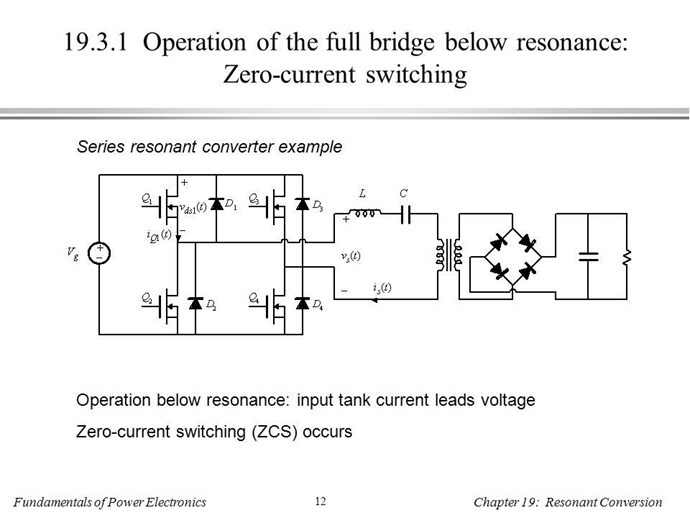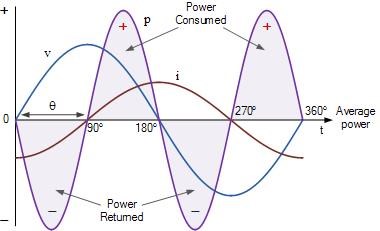Chris
posted this
13 October 2018
- Last edited 13 October 2018
Hey Vidura,
Perhaps a little reading between the lines is necessary here, but generally the quote is true.
As Cycles per-second increases, the Coils "Resistance" to change also increases. This is because the Coil Self "Generates" its own E.M.F in reverse to the applied E.M.F, or B.E.M.F.
Basically, the Electrical Resistance in an Inductor, when Alternating Current is applied across the Inductor, is called Inductive Reactance XL. This is the Resistance to Change of the Magnetic Field. The reason there is a resistance, is because the Back Electromotive force, which is a self Induced E.M.F as was pointed out, opposes the Forward E.M.F or applied E.M.F. The Forward E.M.F and Back E.M.F cancel each other out.
The Inductive Capacitance, XC is considered to be the Distributed Capacitance, the lack of space between the Turns act as a Capacitor Plate, the Insulation, is the Dielectric.
At Resonance, XL is equal to XC so they effectively cancel. Or perhaps we should say one is no longer dominant over the other any more and we see Resonance due to Distributed Capacitance and the Coils Inductance.
Inductive Reactance increases with Frequency or Cycles per-second: 2πfL
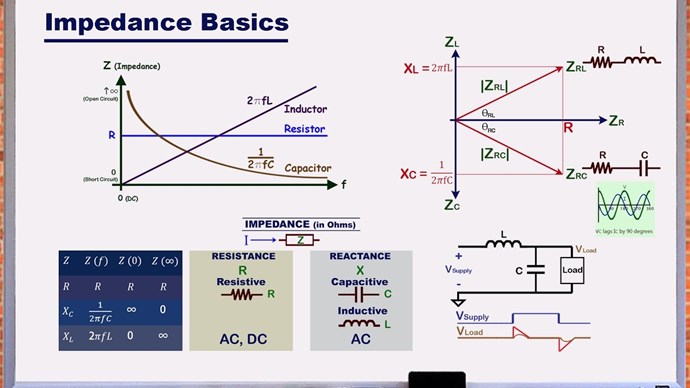
This is because, in Faradays Law of Electromagnetic Induction, the Time Rate of Change ( dt ) is a determinant factor to the E.M.F:
E.M.F = -NdΦ/dt
The Mr Preva Experiment is an excellent example of all you have covered.
Chris



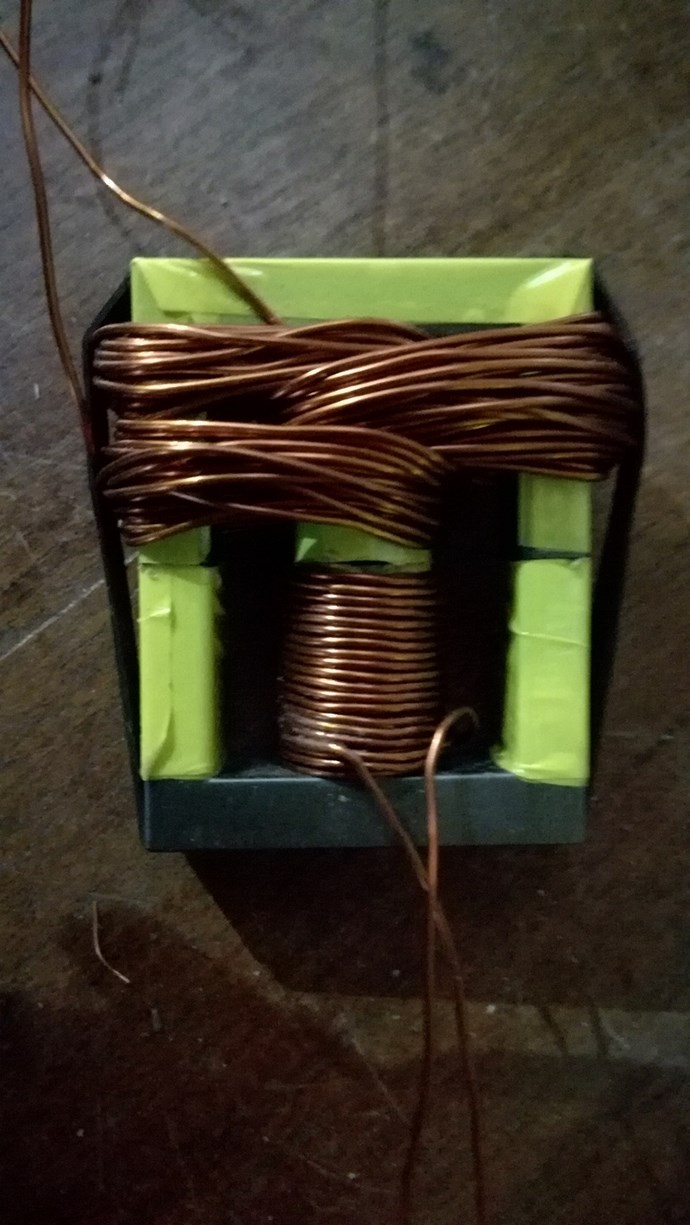
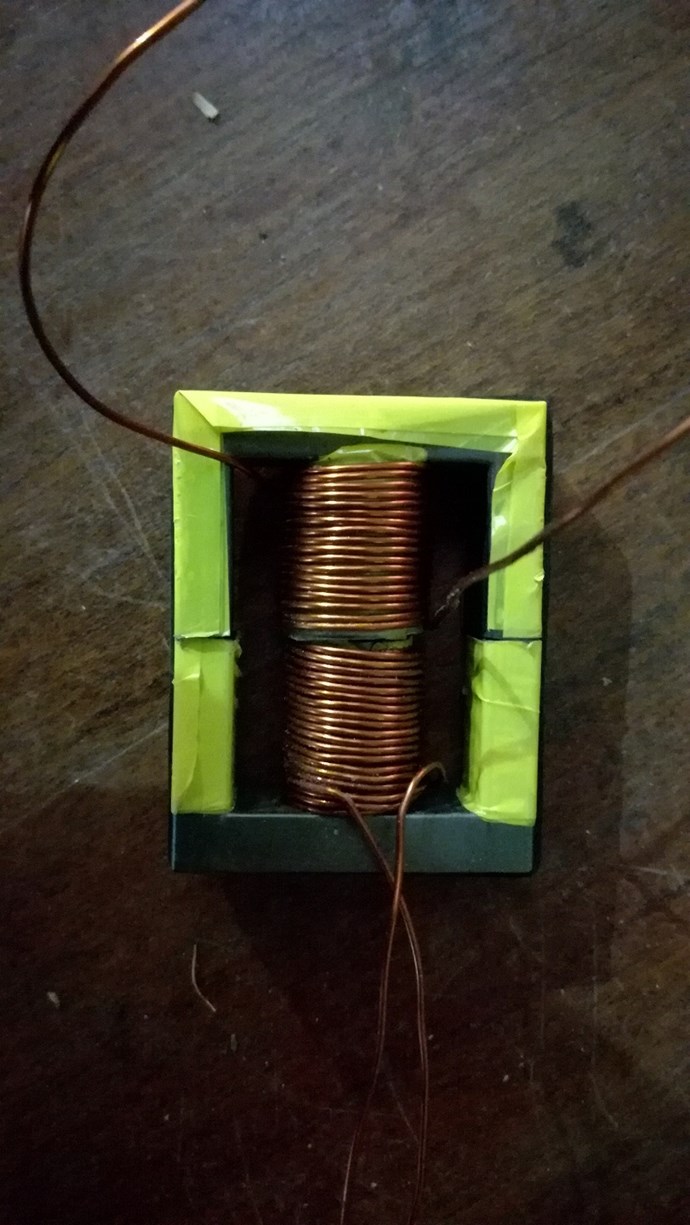
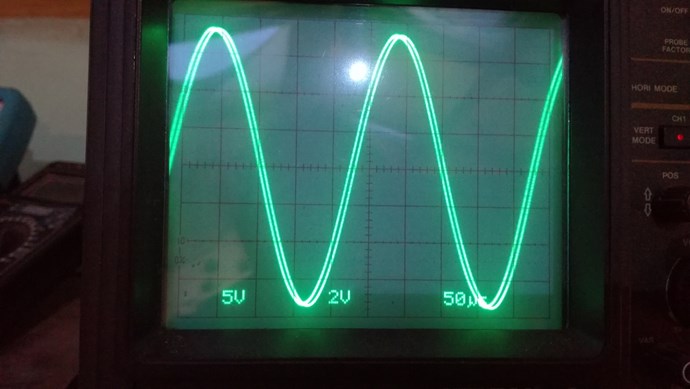
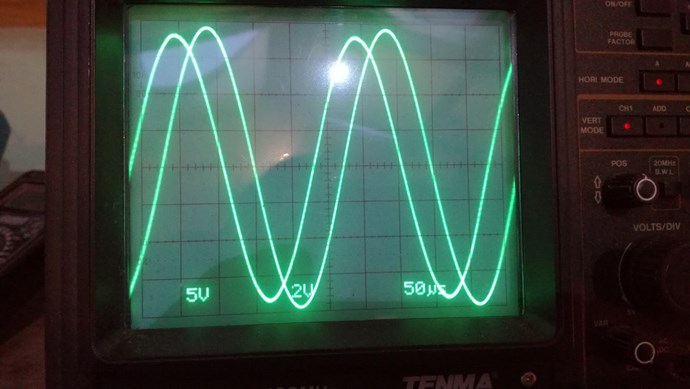
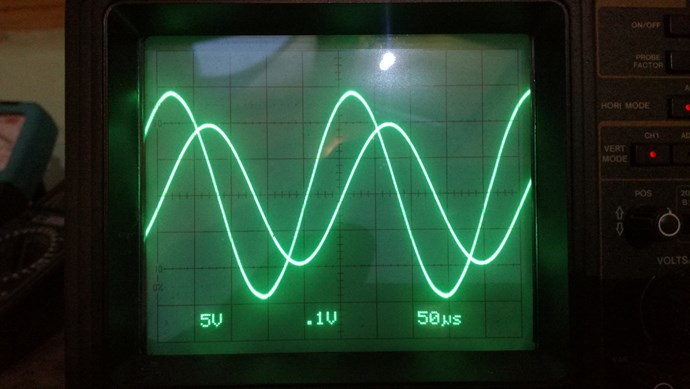
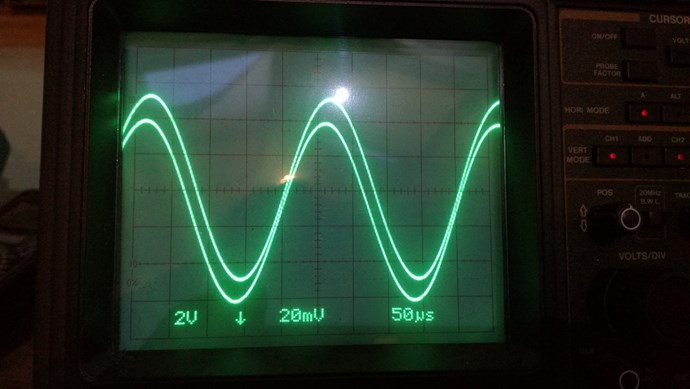
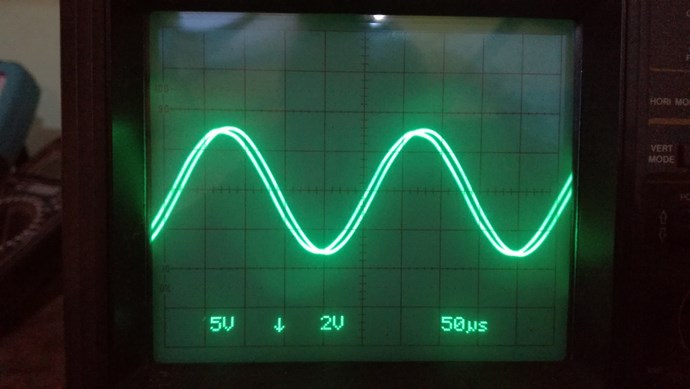
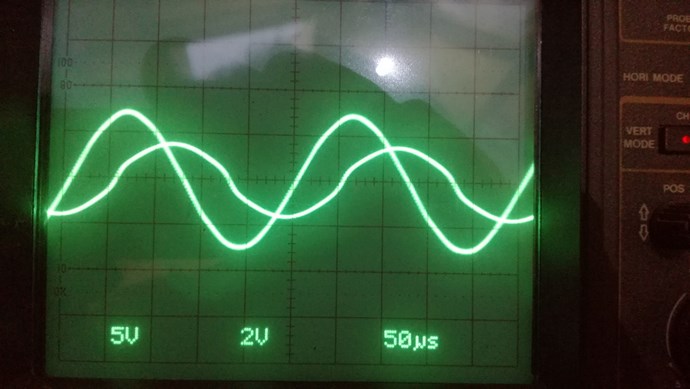 :
:



